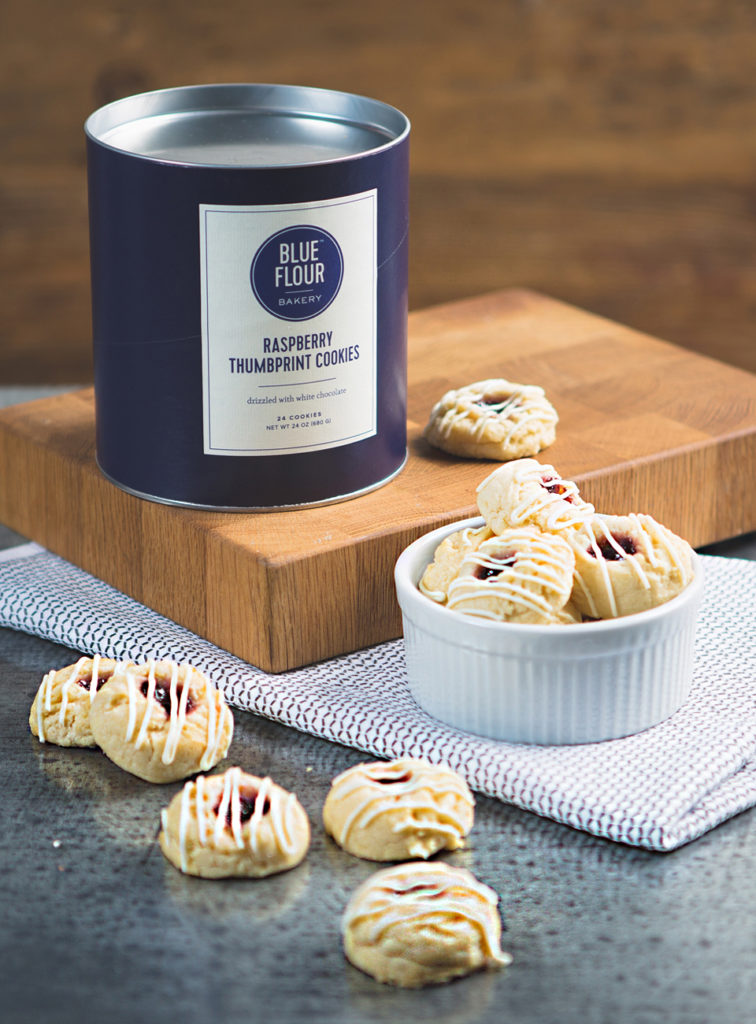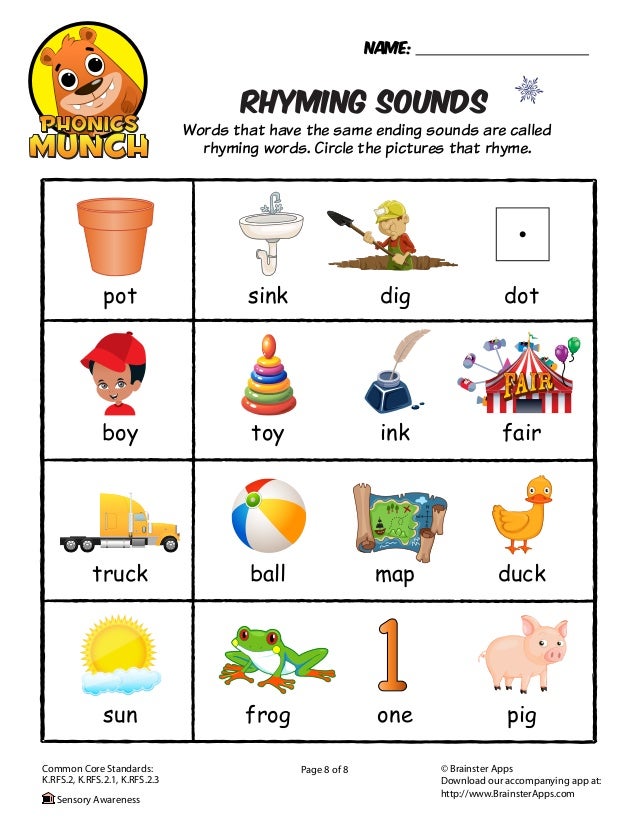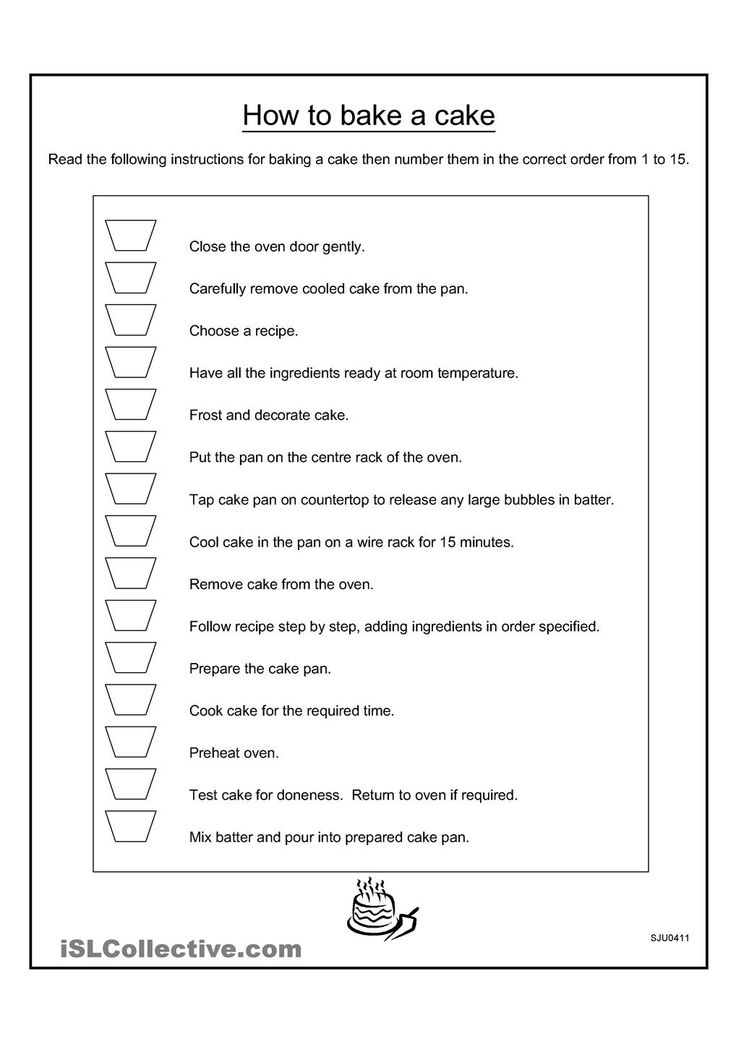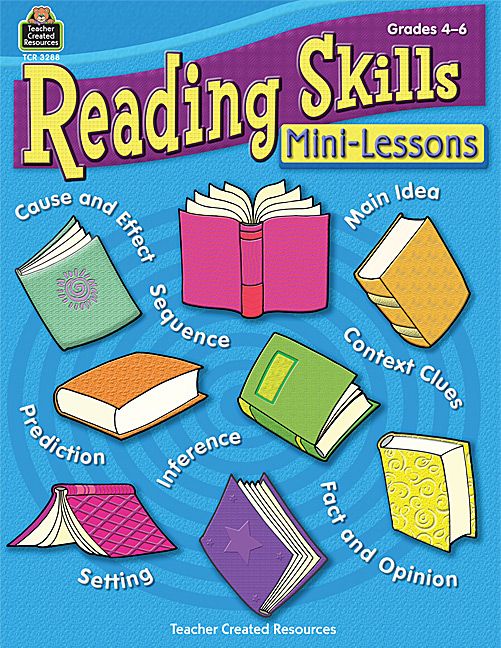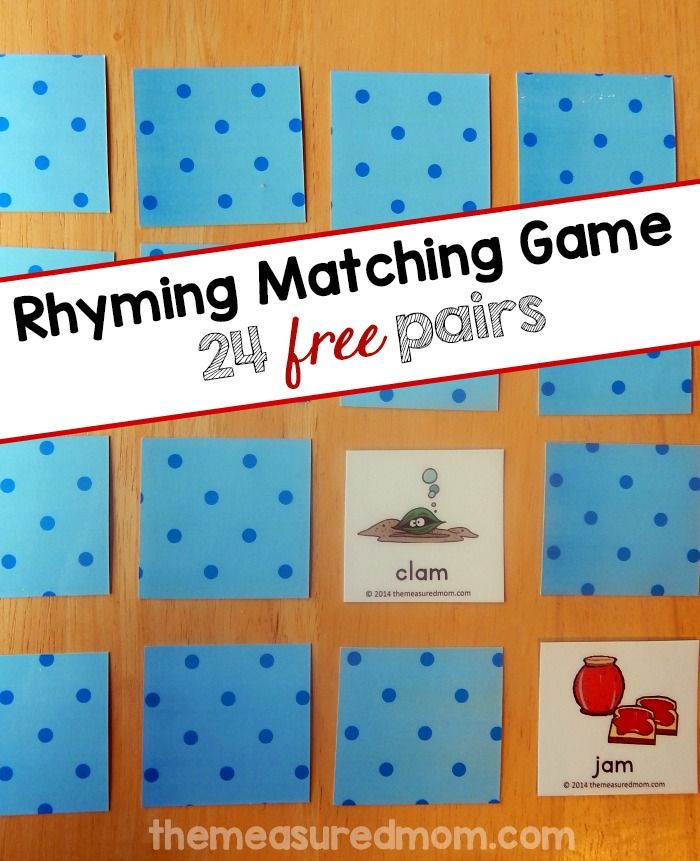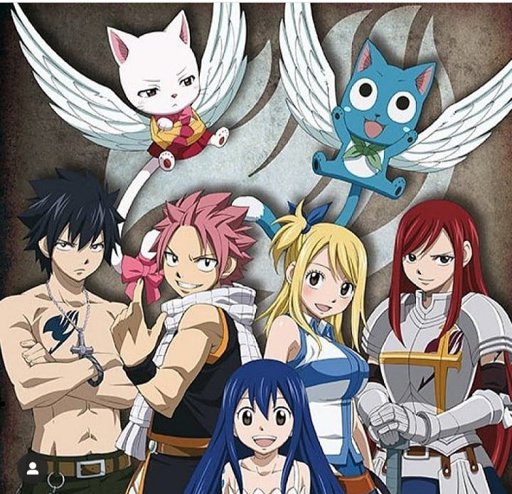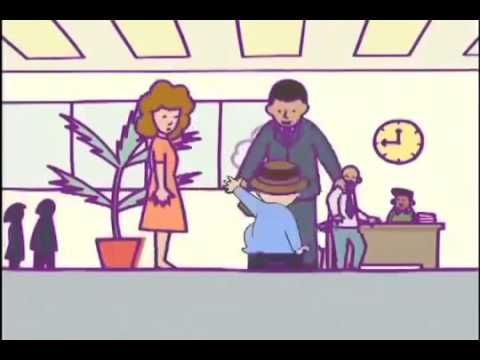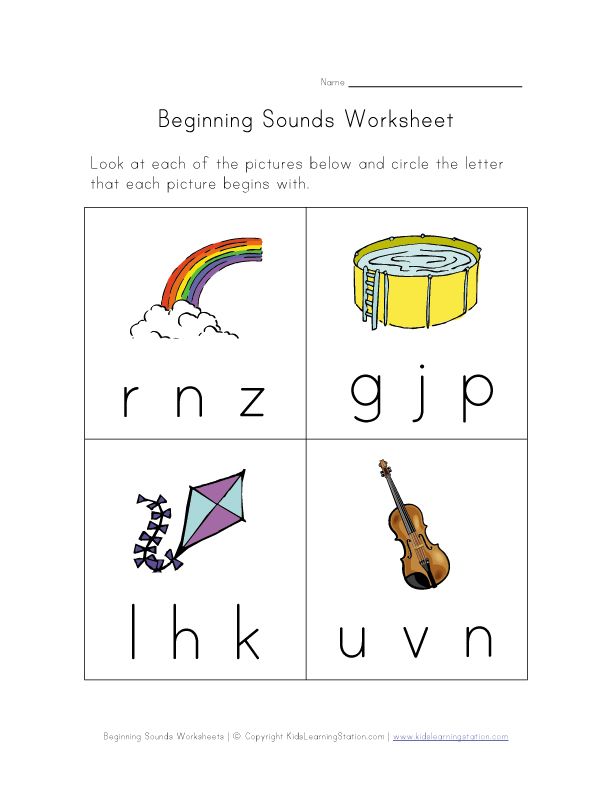Preschool math activities for fall
25+ Fall Math Activities for Preschoolers
Below you’ll find so many engaging fall math activities for preschoolers to get their hands on. These math ideas will be a great addition to your fall activities for preschoolers.
So many math skills are explored during early childhood! And so much of the time, children lead the charge in learning math. Their inquisitive minds and natural curiosity allow them to practice concepts that will help them the rest of their lives.
I have to admit, watching kids explore the world around them and learn new concepts naturally is one of my favorite parts of teaching.
Here are some math concepts that young children tend to delve into:
- Counting
- One-to-one correspondence
- Patterns
- Computation
- Measurement
- Shape identification
- Classification
- Color identification
- Sorting
- Number identification
I didn’t write out every single math concept young children learn about, but I feel like that’s a good start.
Table of Contents
Fall Math Activities for PreschoolersMath happens everywhere, no matter the season. But I thought it would be great to compile a list of just fall math activities for preschoolers right now.
It’s fun to add in some seasonal learning activities every now and then, right?
Our Favorite Fall Math ActivitiesI thought I’d start out with some of our tried-and-true fall math activities for preschoolers! These are activities I’ve done with the kids many times, so you could say they’re preschooler-approved.
Grab some leftover seeds and a pumpkin cookie cutter for a simple pumpkin seed counting activity.
Make a pumpkin geoboard with just a few simple materials. The kids can explore shapes as they get a fine motor workout.
Set up a pumpkin STEM challenge for your students using old pumpkin candies and play dough.
The kids came up with this simple apple color matching game on their own using just 2 materials in the math center.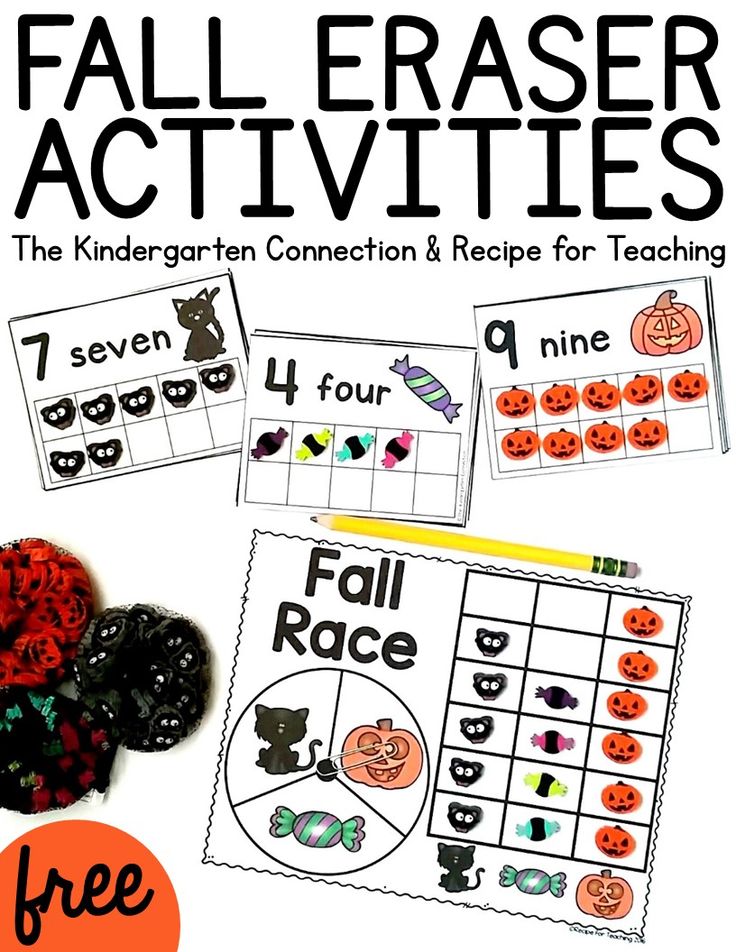
Your little squirrels will have a blast with these acorn math activities.
A fine motor turkey math game is perfect near Thanksgiving.
After a fall taste test, move onto apple graphing with the preschoolers.
Grab some foam turkeys and numbers (or make your own) for Thanksgiving math that works on number identification and ordering.
Free Fall Math PrintablesHere are a few printables you can use with the kids this fall. I love that they can be paired with hands-on materials to explore early math concepts.
Related: Materials to Prep Preschool Printables
Use colorful manipulatives to practice sorting with corn color sorting mats.
Use apple printable numbers with dyed chickpeas for some fine motor math fun.
Kids can explore shapes using a variety of different materials on these pumpkin shape mats.
We loved this pumpkin sorting activity, which pairs a sensory bin and free printable pumpkin color cards.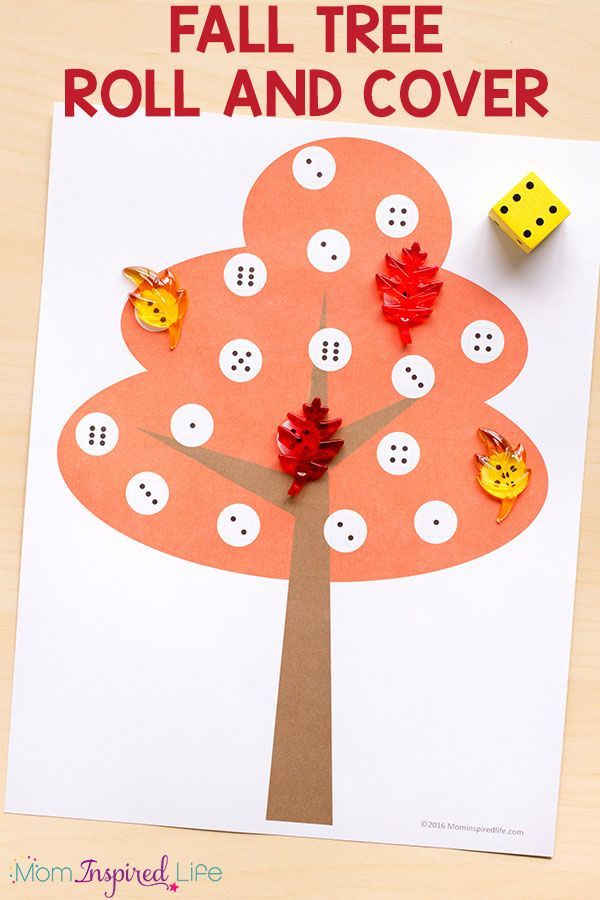
Use rainbow corn kernels to learn one-to-one correspondence along with a popcorn number card free printable.
Math concepts, like counting and one-to-one correspondence, combine with literacy in a free printable apple counting book.
This Thanksgiving emergent reader focuses on color words and color identification.
Fall calendar numbers can be used to explore so many different early math skills.
A fall-themed dice game can cover quite a few skills in a fun and engaging way. Be sure to grab your own apple math printable.
Use the free printable number cards as part of a monster counting activity with the kids.
Sing a “five red apples” song and work on one-to-one correspondence with the accompanying printable.
Merge literacy and math with an I Spy Fall counting book.
Use school bus calendar numbers as your students are getting acquainted with the classroom in the fall.
A set of fall harvest vegetable puzzles will be perfect for practicing number sense.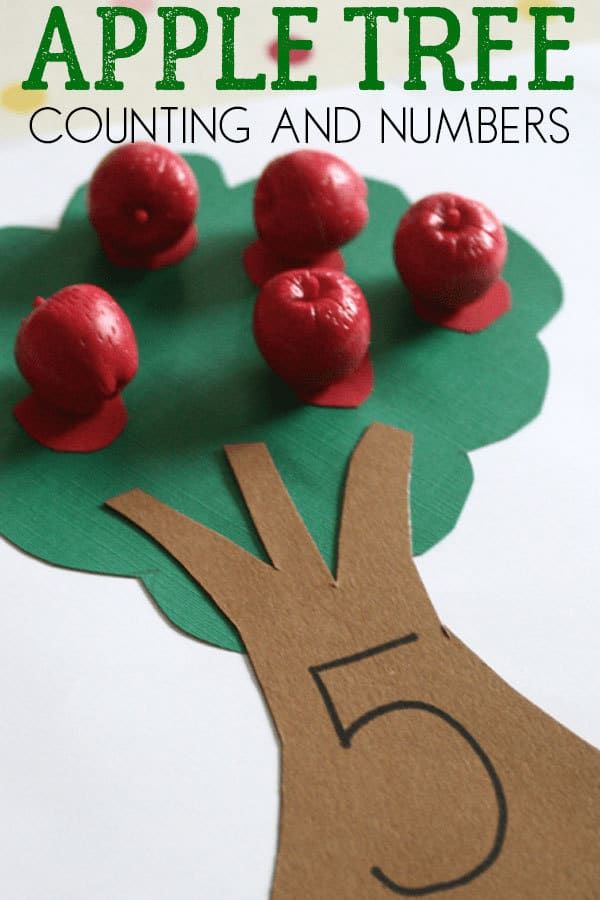
Pair these fall measurement cards with some Unifix Cubes, or another manipulative, to make for the perfect measuring activity.
Print out a cute roll and color apple math activity for your students. They’ll love rolling the game cube!
More Fall Math FunOf course I had to sneak in a few more fall math activities you can try with the kids!
Make some delicious-smelling play dough. Don’t forget to measure out the perfect balance of pumpkin and spice.
Have fun decorating for fall with a scarecrow patch counting activity.
Investigate calico corn in a colorful math and art Thanksgiving project.
Mixing art and math is always fun! A fall tree math craft is perfect for learning about triangle shapes.
Use leftover Halloween treats for candy corn counting.
Add measuring pumpkins to your fall to-do list!
Have the kids work on patterning with apple prints.
Math games with leaves let the kids explore number identification and counting, among other things.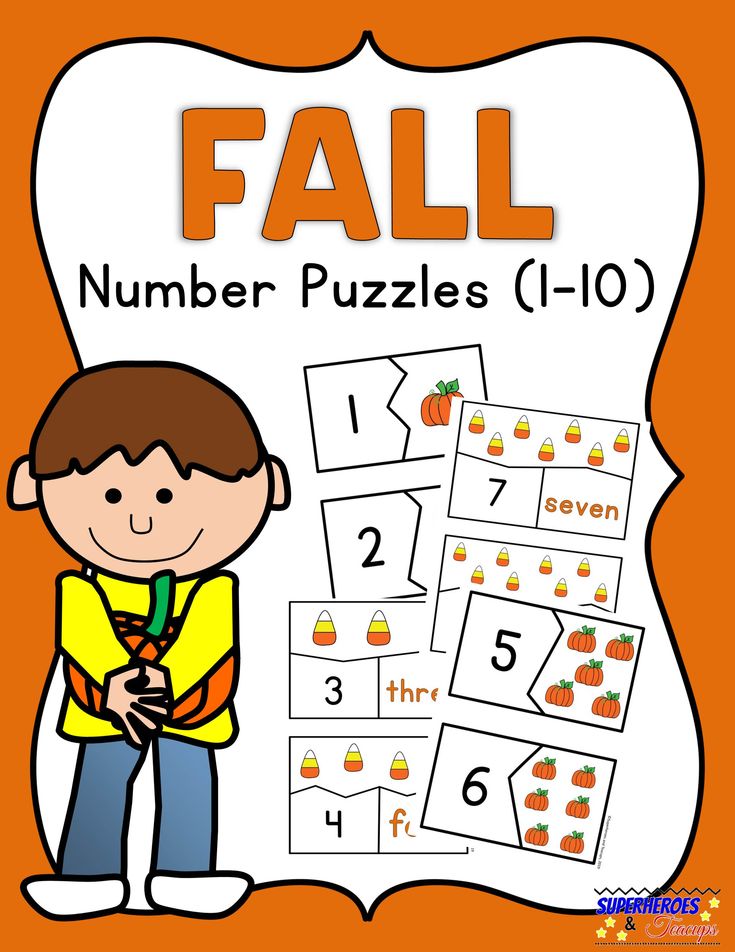
Which of these fall math activities will you try first?
Fall Math MaterialsFrom number sense to simple addition, your class will be mastering so many early math skills this fall. And now that you’ve got this handy activity list, you’ll need to prepare by gathering the materials.Here’s a list of materials that will be perfect for not only the activities on this list, but also some fall math activities that you come up with on the spot (I may get commissions for purchases made through links in this post):
- Fall mini erasers
- Acrylic pumpkins
- Faux leaves
- Sorting apples
- Fall mini erasers
- Fall stickers
- Kids tweezers
- Mini pumpkins
Even with all of these fall math activity ideas at your fingertips, you’ll still need plans to cover all of the other preschool concepts. Preschool Teacher 101 offers amazing lesson plans on a wide variety of topics.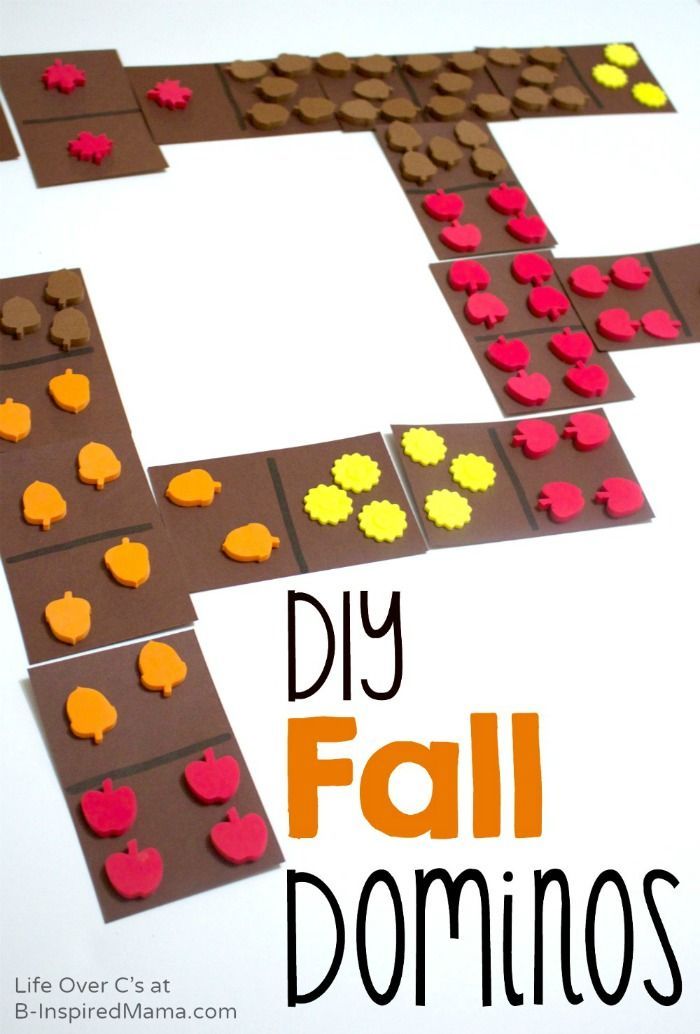
Check out this full week’s worth of fall lesson planning done just for you!
If you have a handle on most of the lesson planning and just want to add something new to your bag of preschool tricks, one of these songs, games, or activities might be just what you need.
Fall Preschool Circle Time Song and ActivitiesFall Leaves Roll and Color Math GamesIf It’s Fall Preschool Circle Time Song and ActivitiesCheck out the various membership options to join The Pack from Preschool Teacher 101 today!
Fall Math Activities for Preschoolers
With the apples blushing red and the pumpkins glowing orange, fall is a wonderful time of year to enjoy the outdoors and teach your preschoolers about math. There are many fall math activities that you can do with your little ones.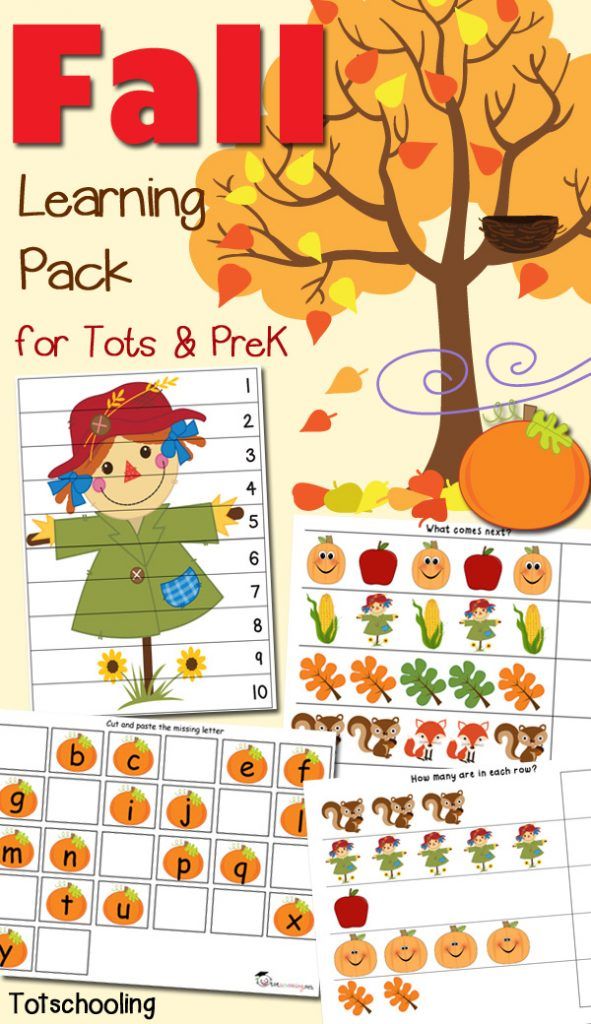 Check out these six printable fall math activities for preschoolers; all featuring apples and pumpkins.
Check out these six printable fall math activities for preschoolers; all featuring apples and pumpkins.
Check out all my best fall preschool activities here.
Printable Math Activities for Fall
Teach all five disciplines of math when offering preschool math activities.Fall is a great time to get kids interested in math. There are so many fun fall math activities for preschoolers! You can turn just about any fall themed activity into one about math, and these all feature apples and pumpkins.
Apples and pumpkins are so iconic of fall!
Fall isn’t just a time for apple picking and hay rides, it’s also the time where teachers are gauging how much their new preschool class already knows in math. There are five disciplines in math:
- number sense
- algebra
- geometry
- measurement
- data analysis and probability
On the outset, these disciplines don’t look age appropriate, but early childhood experts are consistently emphasizing their importance in preschool.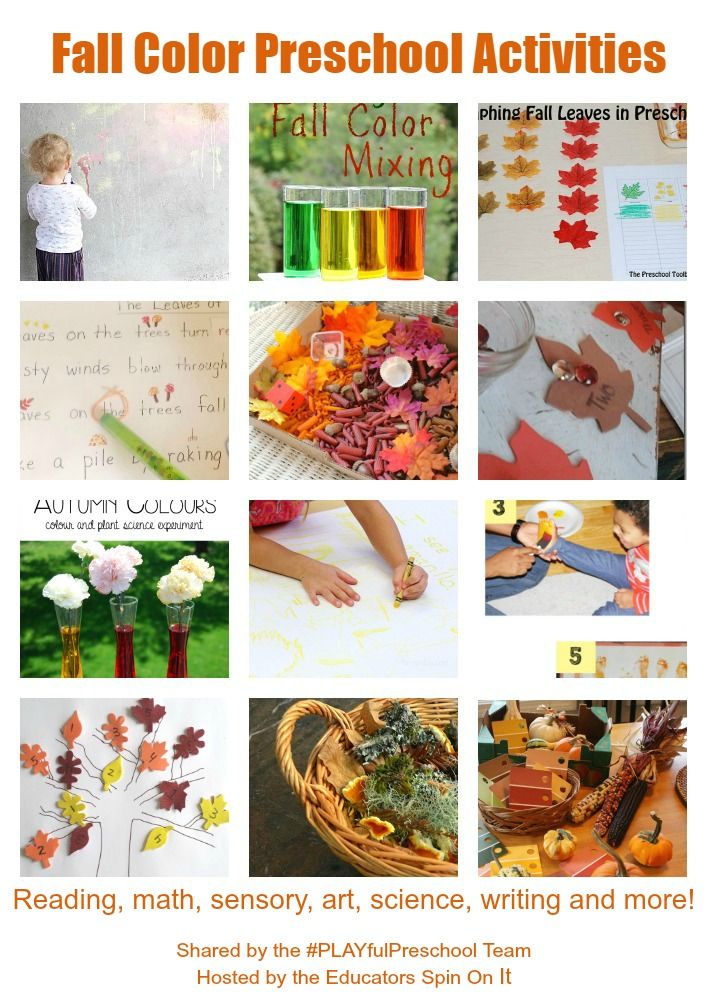
Related Reading
These fall math activities are printable so you can add to your fall preschool centers, and best of all, the six printables also cover all five disciplines of math in a fun, engaging, and age appropriate way.
6 Preschool Math Activities for Fall to Print Now
With all the planning we put into making our fall preschool theme magical, we don’t need to spend extra time worrying about our math and literacy centers. These six printable math activities use our favorite fall icons and make learning math fun for preschoolers.
Pumpkin Towers Counting Mats (Number Sense)
This is a fun pumpkin counting game for preschoolers. Draw a ten frame card and identify the number, then build a tower of the matching quantity. Then, place the tower on the corresponding pumpkin on the fall counting mat.
Math discipline: number sense. Math skills: number identification, one to one correspondence, quantification, more and less concepts.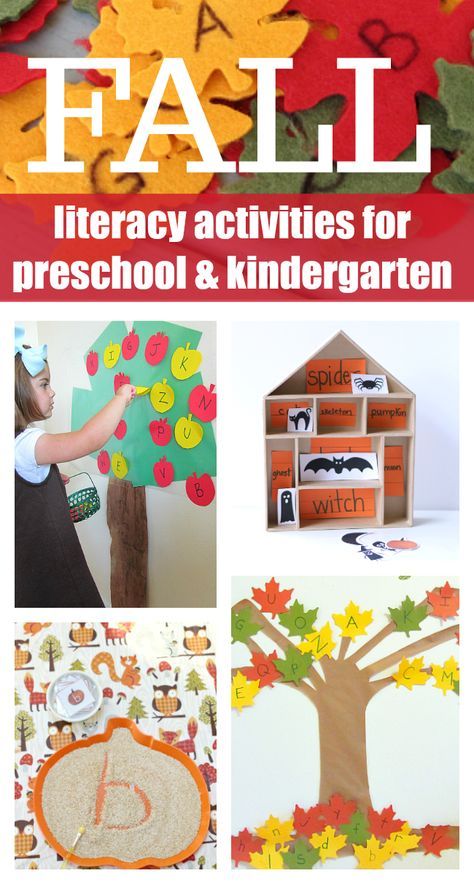
Apple Shapes Playdough Mats (Geometry)
These apple shape cards will need to go into a dry erase pocket or they will need to be laminated for lasting use. Preschoolers will use playdough to smoosh, roll, pat, or press playdough onto the apple on the card while learning all about shapes. It’s fine motor and a shape activity in one!
Included are the following shapes: rectangle, circle, square, oval, triangle, octagon, rhombus, and pentagon.
Math Discipline: geometry. Math Skills: learning shapes and spacial visualization and awareness.Apple Pattern Cards (Algebra)
Patterning is an important skill in early childhood. Here, preschoolers can practice patterning skills. There are 15 pattern cards featuring AB patterns, ABC patterns, and AABB patterns. The apple shapes all look the same, but the colors vary (red, orange, and green apples), so preschoolers can practice sorting apple colors as they work.
Math discipline: algebra.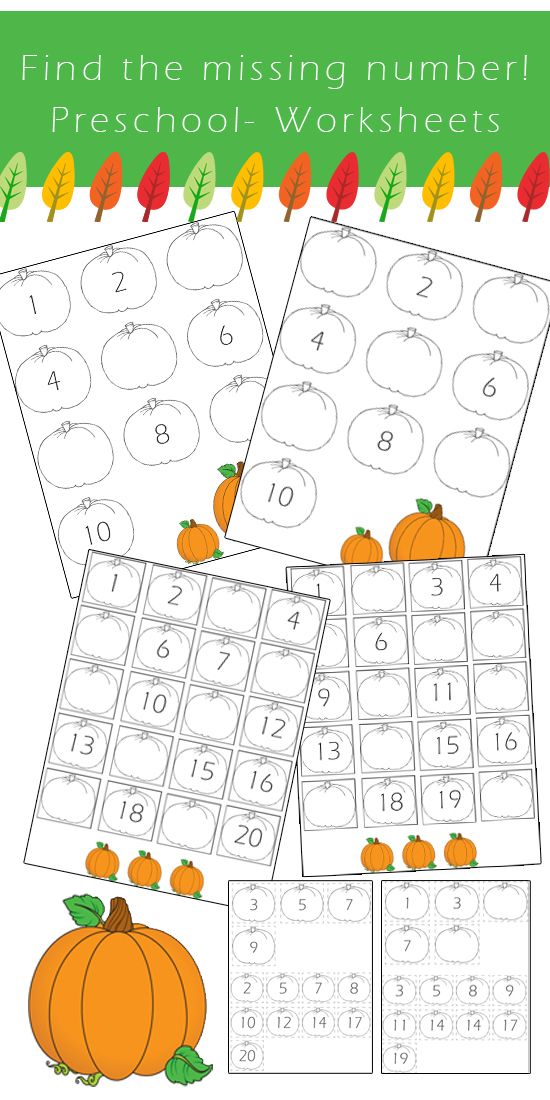 Math skills: patterning, color recognition, indirect color sorting.
Math skills: patterning, color recognition, indirect color sorting.Pumpkin Measurement Cards (Measurement)
These pumpkin measurement cards are straight from the pumpkin patch. With towers of toppling pumpkins, preschoolers use non-standard tools to measure the height of each stack of pumpkins. Preschoolers also practice counting in the math center, too.
Math Discipline: measurement. Math Skills: measurement, counting, size differences, size order.Apple Picking Board Game (Data Analysis)
This is one of the most fun and easy ways to teach preschoolers about data analysis! AKA graphing skills. Preschoolers play this simple board game and “collect”apple colors while playing, adding them to the game scorecard. The game ends when one color of apple reaches ten.
Math Discipline: data analysis. Math Skills: collecting data, graphing data, reading data, color sorting, counting.Pumpkin Seed 1 More, 1 Less Counting Activity
Even at the beginning of the school year, preschoolers are capable of learning basic addition and subtraction skills.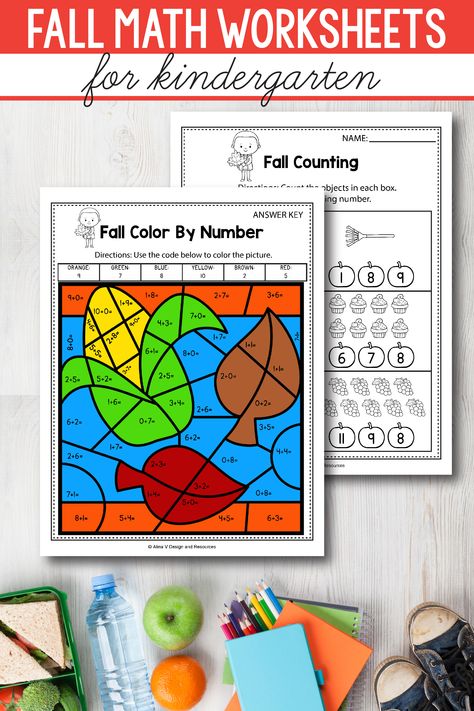 This takes the form of one more, one less activities. With these cards, preschoolers practice making sets of one more and one less, all in a pumpkin theme!
This takes the form of one more, one less activities. With these cards, preschoolers practice making sets of one more and one less, all in a pumpkin theme!
Fun Learning Manipulatives for Apples and Pumpkins Activities
Get Your Printable Fall Math Activities Here
Think these math activities are a must-have for your apples and pumpkins preschool theme? Grab them below!
Sarah Punkoney, MAT
I’m Sarah, an educator turned stay-at-home-mama of five! I’m the owner and creator of Stay At Home Educator, a website about intentional teaching and purposeful learning in the early childhood years. I’ve taught a range of levels, from preschool to college and a little bit of everything in between. Right now my focus is teaching my children and running a preschool from my home. Credentials include: Bachelors in Art, Masters in Curriculum and Instruction.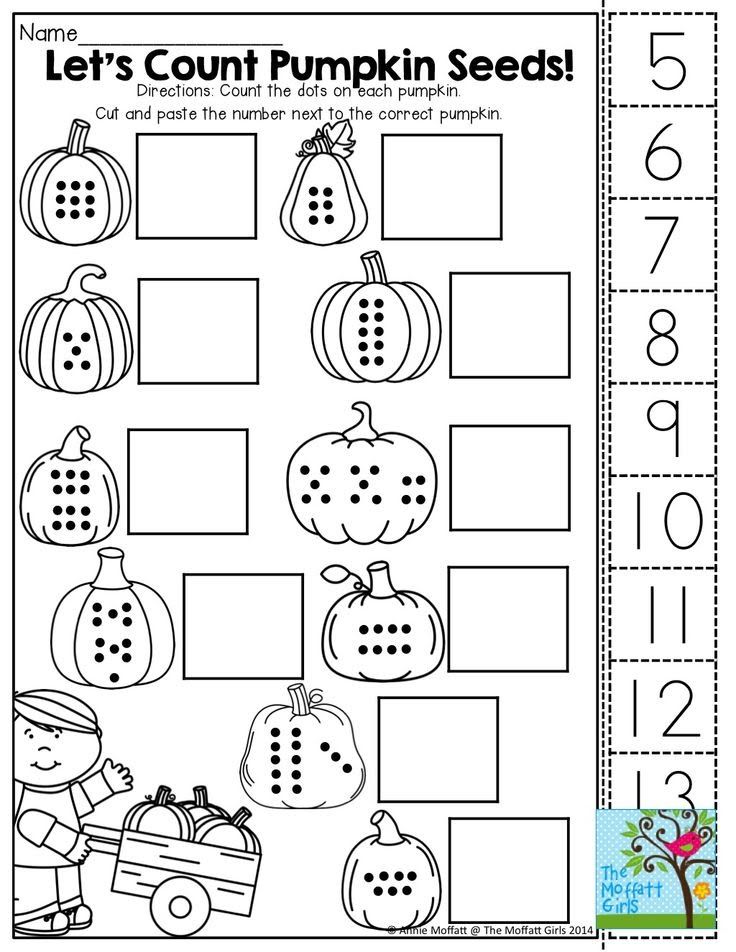
stayathomeeducator.com/
Abstract in mathematics for children 5-6 years old "Autumn in the country of mathematics"
Abstract in mathematics for children 5-6 years old "Autumn in the country of mathematics"
Course name: FEMP (formation of elementary mathematical representations)
Occupation category: cognitive, kindergarten
Class type (joint/children): children
Age of children: senior group
Number of participants: 1-10
Activity name : "Autumn in the country of mathematics" 2 lesson
General information about the lesson:
• Pin ordinal account
• Pin with children properties of geometric shapes (color, shape, size) , skill find features, their similarities and differences
• Fix the skill of grouping figures according to certain characteristics.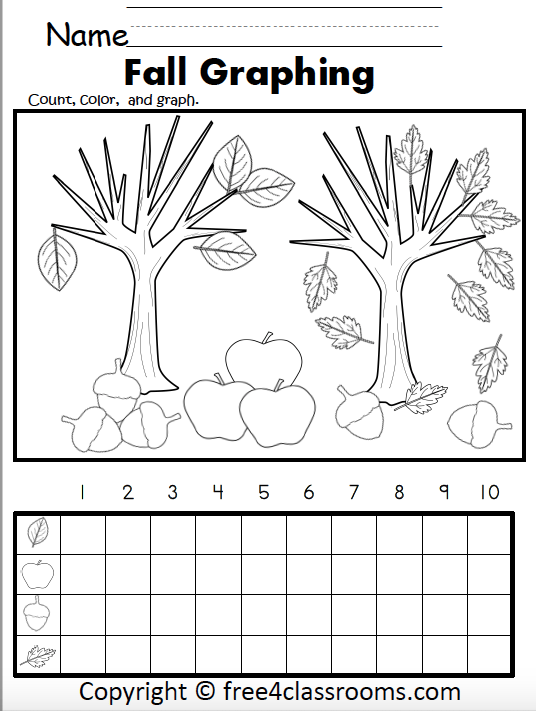
• Learn solve mathematical riddles
• Develop children's interest in experimental activities
• Develop fine motor skills, curiosity
developmental information
| Region development | Skill | Actions |
| Physical development | Development of coordination | Physical minutes, outdoor games
|
| Social and emotional development | to cultivate friendly feelings of children for each other, communication skills, coordinating actions in the game and educational activities.
| Helping each other to work together |
| Speech and communication development | Active dictionary extension on the topic "Autumn" | Riddles, didactic games |
Lesson timing
Preparation takes place before the start of the lesson.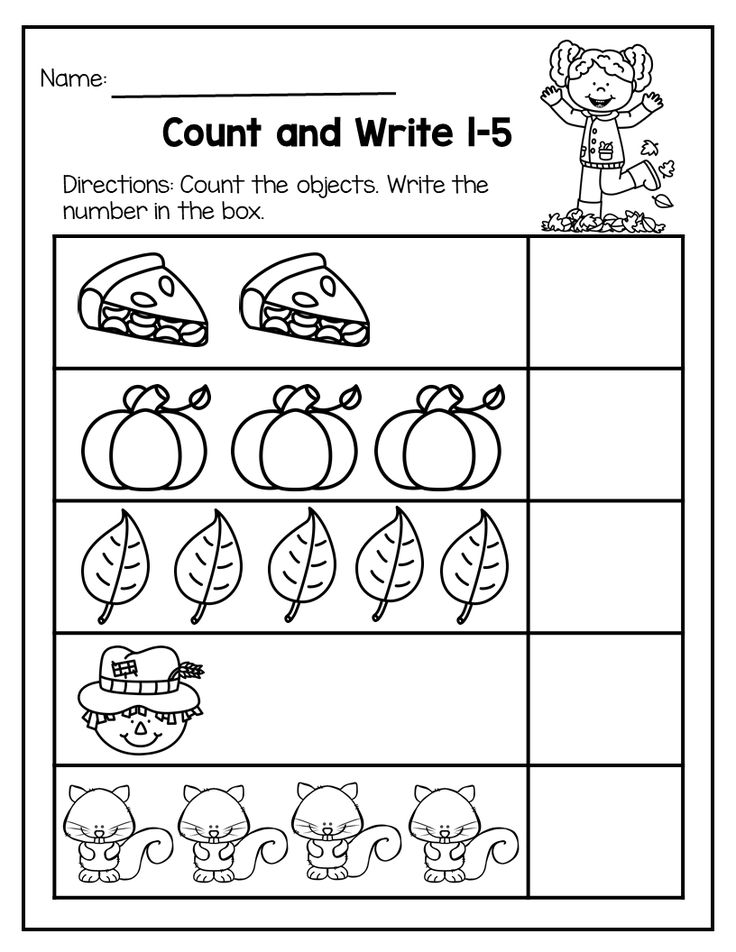
25 minutes, 5 minutes exercise break.
Preparation for class:
Required materials/equipment/ furniture and quantity depending on the number of participants
Parcel from Autumn;
a note with a riddle about leaves;
wood panel;
leaves with embroidered buttons;
sheets A-4 with numbers from 1 to 9;
leaves with letters; glasses with water, napkins, paints, brushes for each child;
audio recording "noise of the forest" .
Visual accompaniment of the lesson:
On the topic of the week, at the discretion teacher
Music lesson accompaniment:
Audio recording of the sound of rain, birdsong, wind noise
Layout and arrangement rules materials / inventory / furniture:
· Main table: all materials
Work tables, chairs (according to number of children)
Free space for games
*Personnel requirements (requirement for the presence of assistants) - 1 teacher for 7 children
* Segregation of roles (if there are assistant) - at the discretion of the teacher / main teacher
Preliminary work:
-
Stroke activities (process):
(2 minutes) Greeting and acquaintance.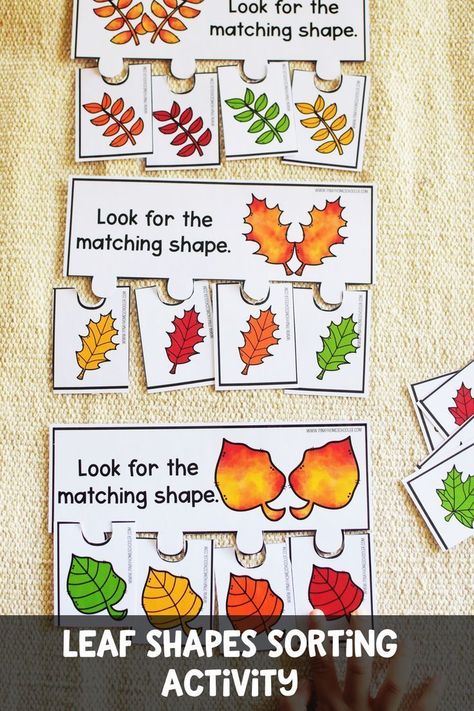
a. Is always start class on time.
b. Say hello each participant
c. Introduce yourself if there are new students
d. Get to know with all participants
e. Per 2 minutes before class, invite everyone to class
Organizational torque .
Guys, look, the package. I wonder if she really destined for us at? Who knows the address of our kindergarten? Who remember the name of our kindergarten? What about the age group? (senior) . All right, so the package is meant for us.
“Hello dear children! I'm sending a parcel for you. You can open it only when you solve the riddle. Autumn" .
Ryzhiy Yegorka
Fell on the lake
Children. This is an autumn leaf.
Educator: Let's check if we guessed the riddle correctly (opens parcel) . Look, there are autumn leaves in the package.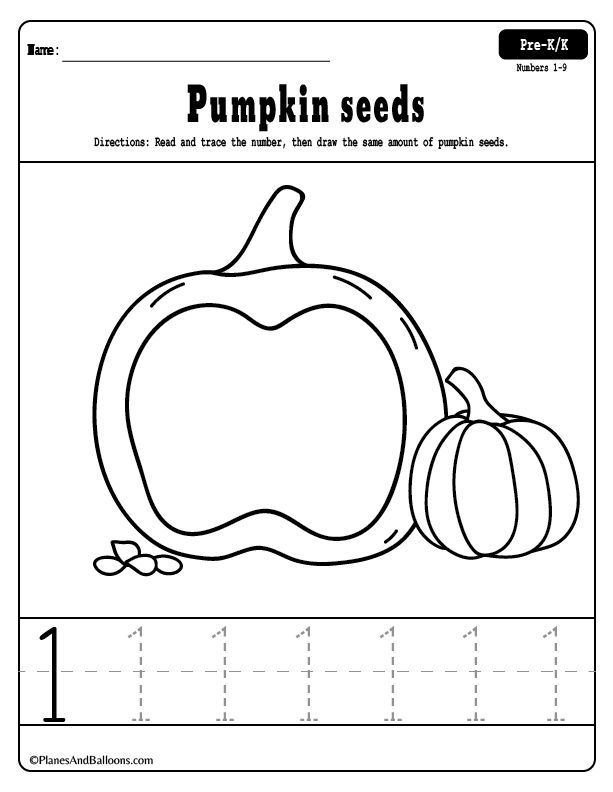 So we are right solved the riddle.
So we are right solved the riddle.
- Tell me, by what signs do we know that autumn has come? (Coming it often rains, strong winds blow, the sun shines less often, etc.)
- That's right. Autumn comes to every city in our country.
- But there is a magical land of mathematics. Autumn has come there too.
- Who lives in the country of mathematics? (Numbers, geometric figures)
- Correct. And its inhabitants invite us to visit.
- Well, let's hit the road? (Yes)
- Will be able to overcome all obstacles that may be encountered in road? (Yes)
- Go ahead then. And we'll go by train. Take your seats according to purchased tickets. (the children sit down at the chairs - the train, with numbers). Here we are arrived. Come out.
- Look! Here is a pointer: to the right you will go to the country of mathematics you will get to the left - to Baba Yaga, straight - to the Serpent Gorynych.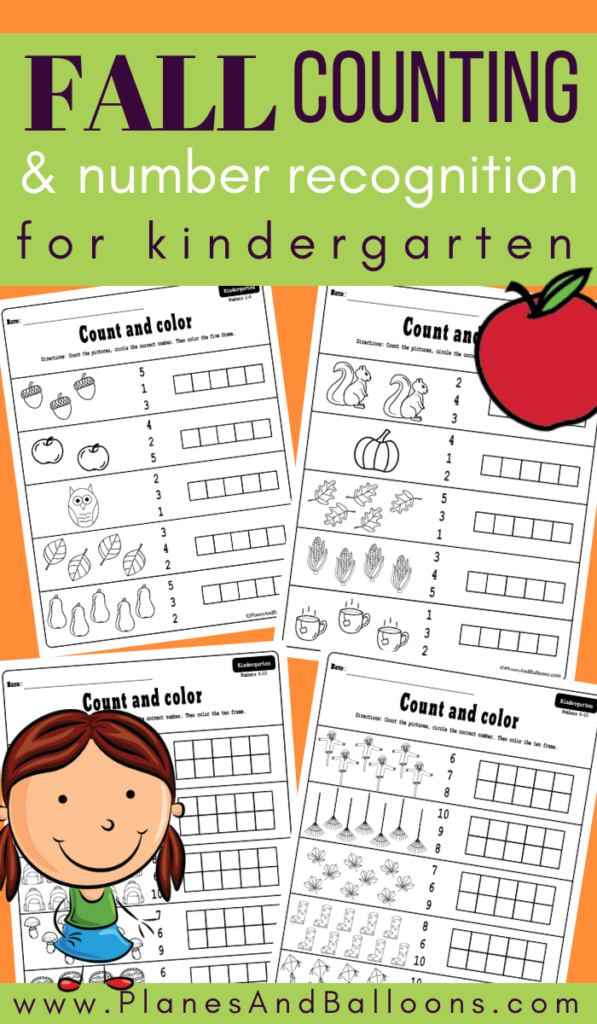
- Where should we turn? (To the right)
- And here is the first task. A strong wind tore off all the leaves from tree. We need to return them, each leaf to its place.
Task 1.
Panel of wood with hooks and numbers pasted next to it. on leaflets sewn on buttons in different quantities. Children feel each leaf and hang it on desired hook.
- Well done! They did everything right. Let's go further.
- And here are the houses of the forest dwellers. It's just not clear who, in what lives in the house. Let's lay out animals from geometric shapes.
Task 2.
Children are divided into two teams. From geometric shapes lay out cat and fox.
- Well done! And they completed this task. We go further to path.
- Look! We have found a treasure! (Open the chest, there multi-colored cubes)
Task 3.
It is necessary to build a house first floor five red cubes , second floor 4 yellow, third floor 3 blue, fourth floor - 1 green.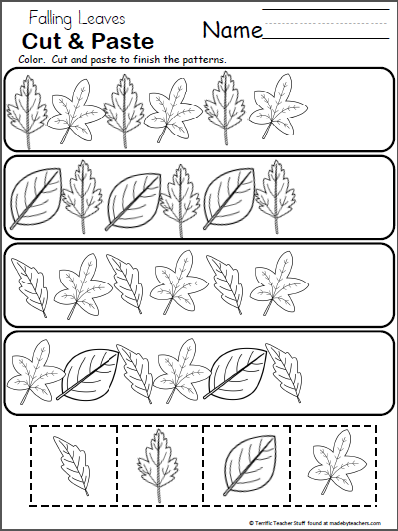
- Well done everyone! Move on. Do you hear it's raining?
- The whole path was flooded. How can we go further? (Let's build bridge)
Task 4.
Numbers from 1 to 9 are written on sheets A-4. along the resulting bridge.
How many suns are behind the cloud,
How many refills are in a fountain pen,
How many noses does an elephant have,
How many legs does a fly agaric have,
and attempts by a sapper,
Knings and is proud of himself,
The number is the number ... (unit)
How much ears on the crown,
9000 How much legs, how many legs, ,How much is the soma of the mustache
in the planet Pole,
How many halves,
in pairs - new boots,and front paws in Leo
only the figure knows . .. (two)
.. (two)
How many months in the winter,
in the summer, in the fall, in spring,
How many eyes at the traffic lights,
bases on the field for the field for the field for the field baseball,
faces at a sports sword
and stripes on our flag,
What do we tell us,
Knows the truth the truth ... (Three)
How much paws, how much paws, how much the paws, how much the paws, how much the paws, how much the paws of mangaste.
beaks in five rooks,
blades for maple leaves
and corners of the bastion,
About all this tell us
We will help us the number ... (five) 9005 000 as much The dragon has letters
And zeros for a million,
Different chess pieces,
Wings for three white chickens,
Legs for the Maybug
And the sides of the chest.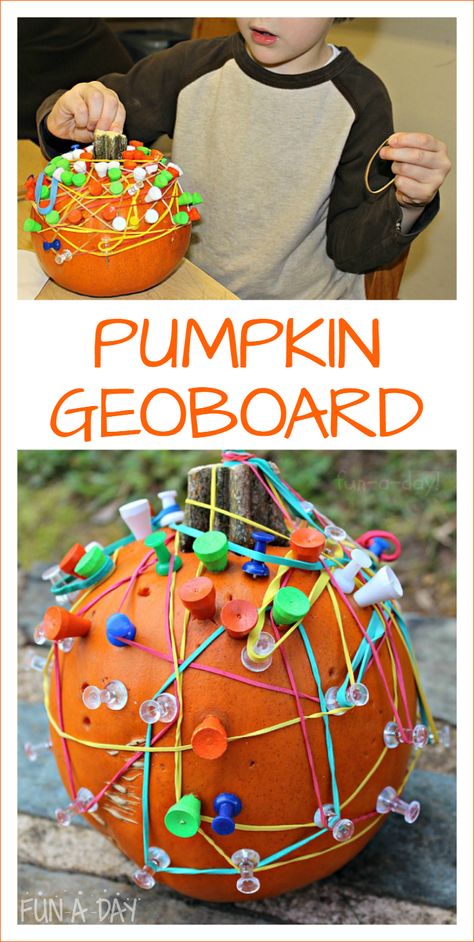
If we can’t count ourselves,
The number will tell us ... (six)
Gnomics at Snow White,
twin brothers in the pawn,
notes, which even children know,
and all miracles in the world,
9000 to deal with this all 9
The figure will help us ... (seven)
How many winds,
and hooves in two donkeys,
tentacles at the octopus,
and fangs for a pair of dogs?
How many legs does a spider have?
If we ask about it,
We will answer the number ... (eight)
How many pirates in a dozen,
If there were three somewhere,
months a year without summer,
Nonnet performers,
Life for stray cats,
and in a dozen flies without midges?
Do not look for the answer anywhere, because
The number has an answer .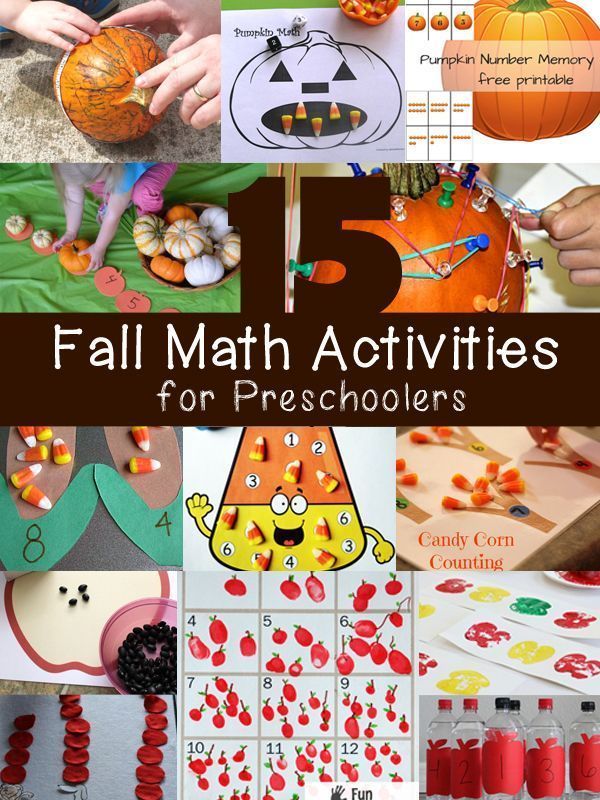 .. (nine)
.. (nine)
- Well done! And they completed this task. Are you tired? Let `s have some rest. Sit comfortably on the carpet, close your eyes, carefully listen to the music and imagine the picture that the music tells you. (Sounds music) What did you hear? And you? What pictures flashed before your eyes? (Answers.) Let's listen to the music again. Hear the noise forest, how do the birds sing? Which one of you was in the forest? What did you see there? (In the forest beautifully, birds sing, leaves rustle)
- Did you have a rest? Are you ready to continue our journey? (Yes)
Experimental activity of a child with an adult .
- Look! These are the water reserves of the inhabitants of mathematics. Here are two vessel. They can leave only one, the one with more water. But they don't know which container has more of it. Let's help them and determine where more water, and what vessel they should keep for themselves.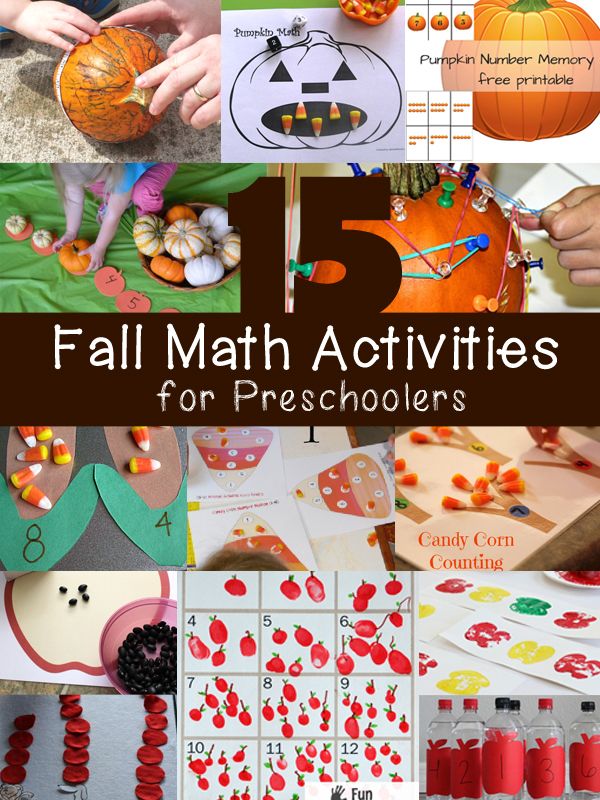
- Where do you think there is more water in the first vessel or in the second? (Answers children)
- How can this be checked? (Measure)
- What can measure the volume of water? (Glass, jar, cup)
- What is the name of the object with which we measure? (Merka)
- I'll show you now. How to properly measure. First find out how much water is in the first vessel. Look, I'm pouring a glass not up to the very edges, but to a certain level, otherwise the water can be splashed. All the glasses I fill in the same way. The measurements must be the same, equal. I pour out the measure and I put the chip on the table, and so there should be as many chips as I filled measure. Let's calculate how much water was in the first vessel? (children count chips) .
- Now let's find out how much water is in the second vessel? (Children perform task) .
- Where is more water in the first vessel or in the second? (In the first)
- Why did it seem to some at first that the waters were equal?
- Without measuring, can you tell where there is more water? Why?
- So, what vessel should be left to the inhabitants of mathematics? (First)
- Look how many mushrooms are around.
Fizminutka
We found mushrooms in the forest,
9005
Once a fungus, twice a fungus
Put in a box.
Look around, guys,
Mushrooms grow on a stump.
Carefully cut them off
And send them to a basket!
White mushroom lurks,
Looks at us from the grass.
He flashes us cheerfully,
Invites us to play hide and seek.
We will not take fly agaric.
People are not allowed to eat grebes.
- Did you like the gift from Autumn? And let's do it too gift. Look at the gray leaves, let's decorate them, make them bright and beautiful. (Children draw) .
-Here are some beautiful leaves we got. Let's get them now let's put them on display, let them dry, and our guests will also look at them.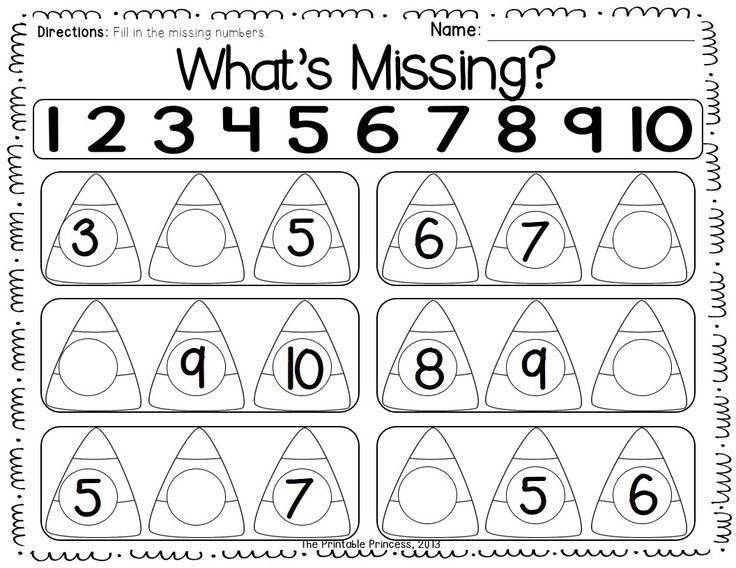 BUT then we will put them in a parcel and send them to Autumn.
BUT then we will put them in a parcel and send them to Autumn.
Total:
- Where were we today? (In the country of mathematics)
- How did we help the inhabitants of mathematics? (They returned the leaves to their place, built a bridge and helped save water)
- What did we measure? (Volume of water)
- So what did we measure? (by measure)
- How did you count the measurements? (With the help of chips)
Now you can prompt and help your relatives in the right way measure volume.
Summary of the lesson on the formation of elementary mathematical representations in the middle group: "Autumn has come to visit us" | Plan-summary of a lesson in mathematics (middle group):
Summary of an open lesson in FEMP in the middle group:
"Autumn has come to visit us"
Purpose: to form elementary mathematical representations in children in joint play activities.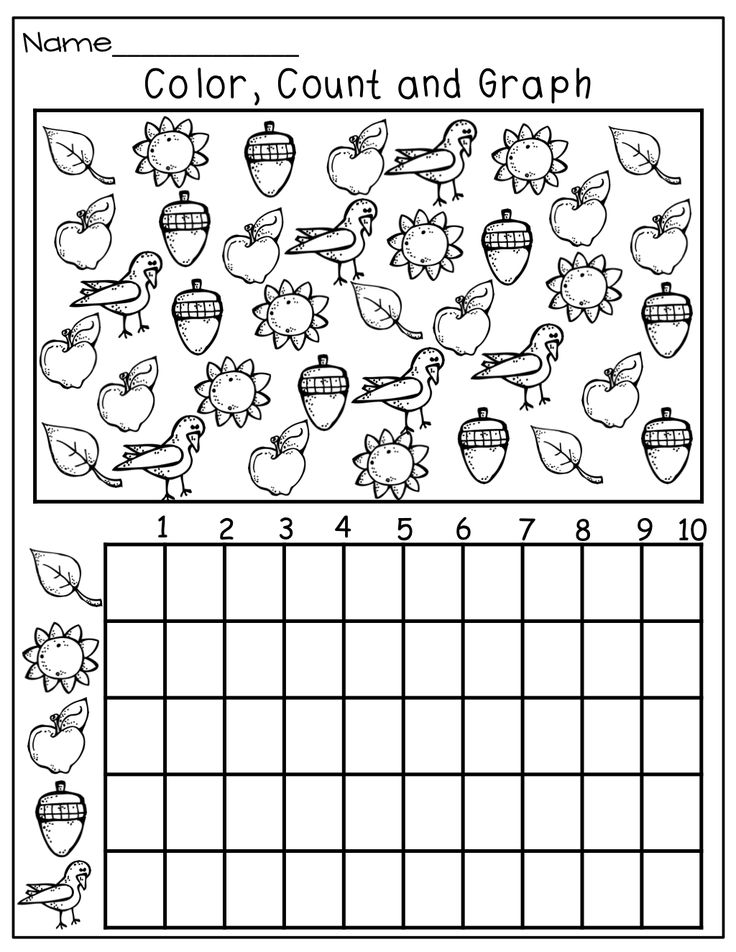
Tasks:
- To inculcate the ability to count within 3 using the following techniques: when counting with your right hand, point to each object from left to right, name the numbers in order, coordinate them in gender, number and case, refer the last number to the entire group of objects .
- Practice comparing two objects by size (length-shorter)
- Expand ideas about the parts of the day and their sequence (morning, afternoon, evening, night)
- Consolidate children's knowledge of geometric shapes (circle, square, triangle)
- Develop memory, speech, logical thinking, imagination.
- To cultivate the ability to come to the rescue, friendly relations.
Integration of the educational area: cognition, speech development
Equipment:
Didactic visual material: blackboard, picture with the image of Autumn, basket, 2 squirrels, 3 acorns, 3 cones, illustrations "Parts of the day".
Handout: a drawing of a river, a long and short bridge, cones according to the number of children, leaves with geometric shapes depicted on them.
Preliminary work: Conversations on the autumn theme, Consideration of geometric shapes,
Progress of work.
Part I.
Educator: Guys, today someone came to visit us. To find out who our guest is, guess the riddle:
Leaves fly around from the branches,
Birds fly south.
“What time of year?” - ask.
They will answer us: “This is ...” (autumn)
Educator: That's right, it's autumn! So our guest came and brought a basket with her.
The teacher brings in a picture of autumn.
Autumn: Hello guys. I was passing by your garden in the autumn forest and decided to look in on you when I heard how you were solving a riddle about me.
Autumn: My two girlfriends, squirrels, came with me. We will treat one of them with acorns.
The teacher puts two squirrels, puts three acorns in front of one.
Autumn: How many acorns for a squirrel? (three) Let's count. We show the movement as we touch each acorn.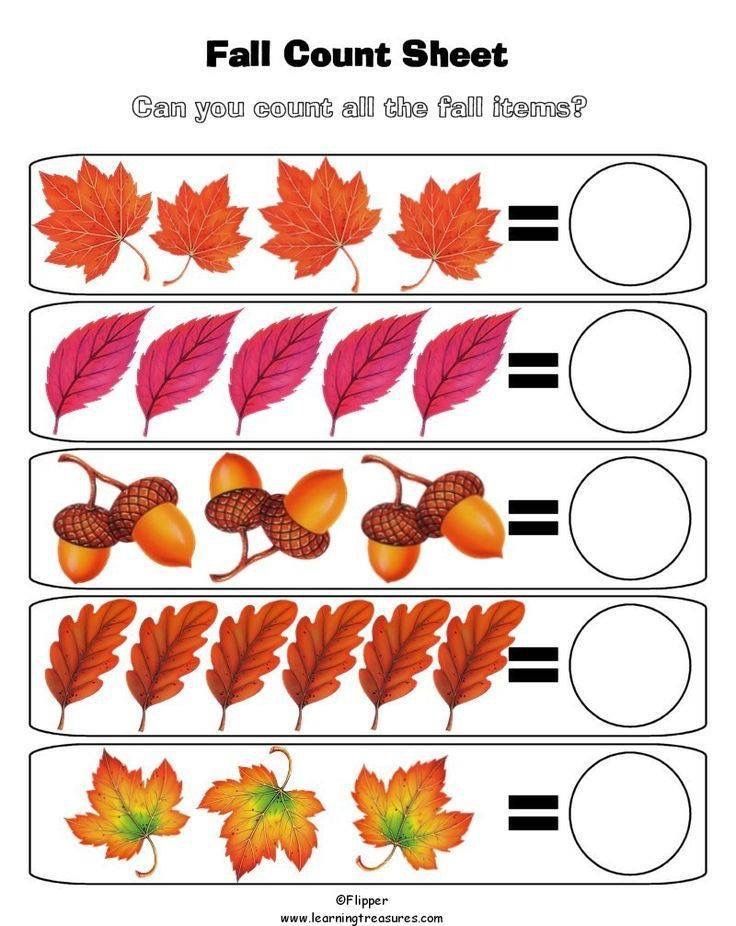
How much did you get? (three)
Autumn: And we will treat this squirrel with cones. How many cones? (two) And now? (three). Let's count. How many bumps does a squirrel have? Dasha how many acorns? Which squirrel has more treats? (same)
Autumn: Guys, squirrels love to play with cones. And now they will tell you how to do it.
Bubble play self-massage
I hold a bump in my hand
I will squeeze it, then I will open it
I will play with it -
I will warm up my palms.
Here I am squeezing with my right hand
Here I am squeezing with my left hand.
I will squeeze the bumps,
I will strengthen my hands.
II part.
Autumn: The squirrels need to return home by the evening. What time of day is it (morning, afternoon, evening, night)? Let's put the pictures in order.
Children name the time of day. We look at pictures. We arrange in a row.
III part
Autumn: In order for the squirrels to get into the forest, they have to cross to the other side of the river, but there is not a single bridge across it.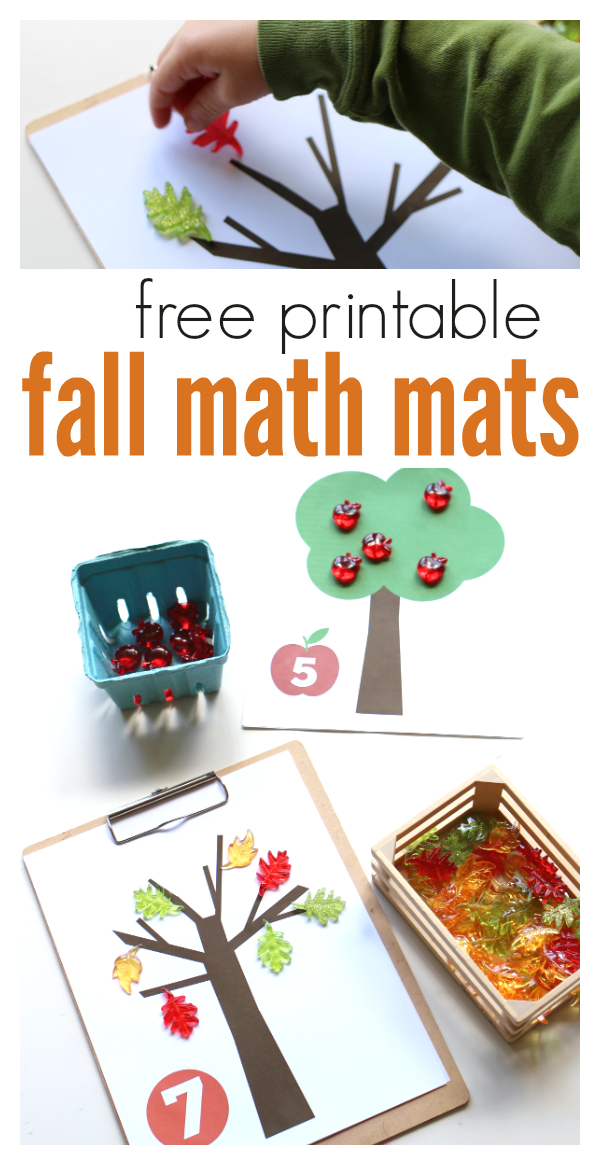 Help me choose the right bridge. What is this bridge? (short) And this one? (long) Which bridge shall we choose? Why? (Long, because the short one will not reach the other bank)
Help me choose the right bridge. What is this bridge? (short) And this one? (long) Which bridge shall we choose? Why? (Long, because the short one will not reach the other bank)
Give each child a sheet with a picture of a river, bridges.
Autumn: What good fellows you are! How well they did the job. And now we'll have a little rest.
Physical education minute.
We are autumn leaves (Hands above the head, shake hands gently.)
We are sitting on the branches
The wind blew - we will fly (Hands to the sides, running in place)
We flew, we flew
And quietly sat down on the ground (crouching, shaking hands above the head)
The wind ran again
And he picked up all the leaves
They swirled, flew (circling, sit down)
And sat down on the ground again
Part IV.
Autumn: There are autumn leaves in my basket, but the leaves are not simple, I left geometric shapes on them. Now we will take turns putting our hand into the basket and taking out a leaf.

